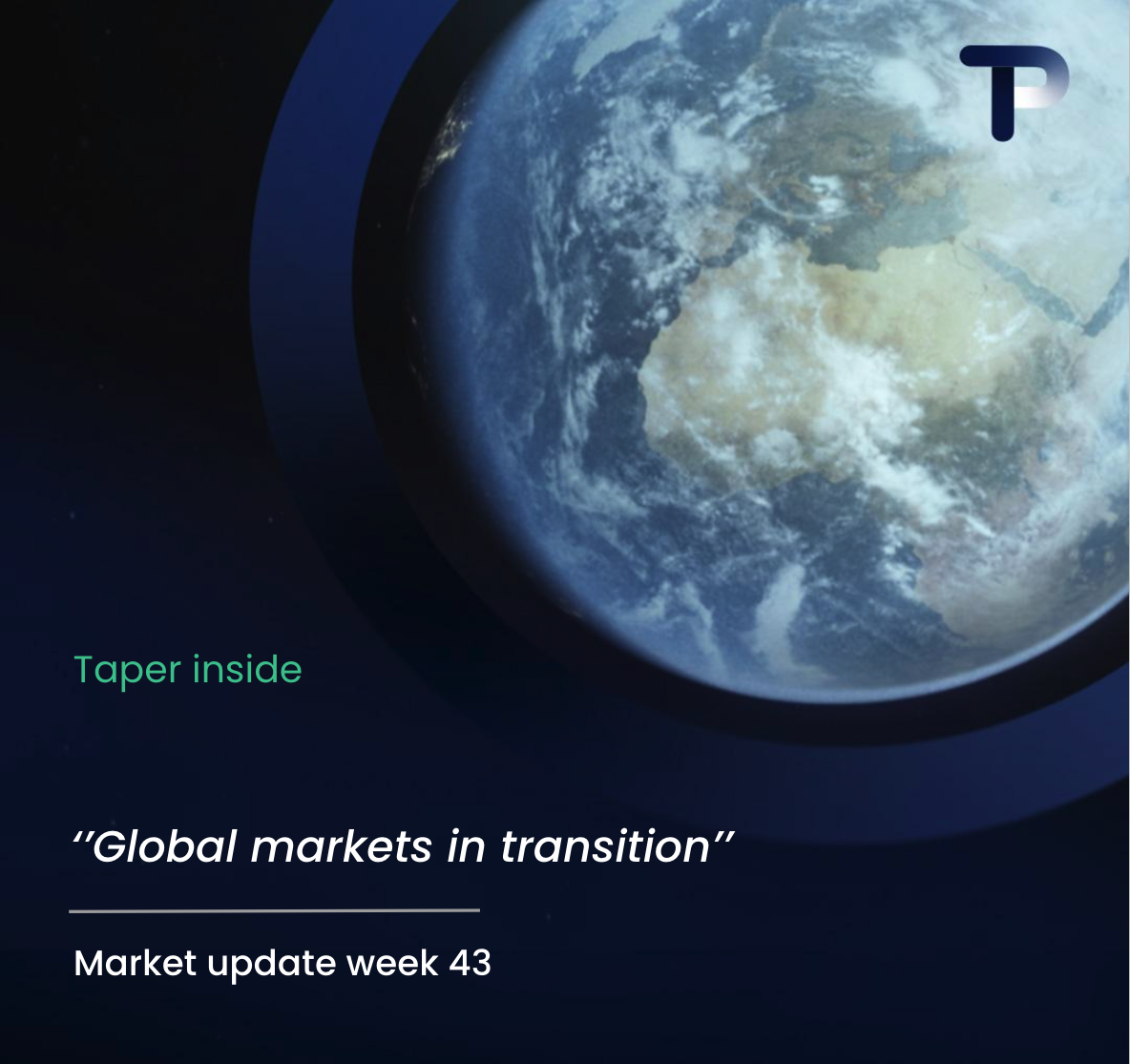Hidden costs in supply chain finance agreements typically include administrative fees, processing charges, currency conversion costs, compliance expenses, and platform usage fees. These charges often accumulate to significantly increase the true cost of financing beyond the advertised rates, making thorough due diligence and transparent fee structures important for businesses managing international trade.
Understanding supply chain finance and its cost structure
Supply chain finance represents a set of technology-based solutions that help businesses optimise cash flow by allowing companies to extend payment terms to suppliers whilst providing early payment options. This financing method bridges the gap between buyers and suppliers, creating working capital solutions that benefit both parties in international trade relationships.
The fundamental structure involves three parties: the buyer, supplier, and financing provider. When a buyer approves an invoice, the supplier can choose to receive early payment from the financing provider at a discount, whilst the buyer pays the full amount on the original due date. This arrangement improves cash flow for suppliers and extends payment terms for buyers.
Cost transparency becomes particularly important for SMEs engaging in global trade because hidden expenses can quickly erode the benefits of these financing arrangements. Understanding the complete cost structure helps businesses make informed decisions about their working capital financing options.
Typical cost components include financing rates, transaction fees, platform charges, and various administrative costs. However, the challenge lies in identifying expenses that aren’t immediately apparent in initial pricing discussions but can substantially impact the overall cost of financing.
What are the most common hidden fees in supply chain finance agreements?
The most frequently overlooked charges include administrative processing fees, documentation charges, early payment penalties, platform usage costs, and various transaction-related expenses that aren’t prominently disclosed in initial rate quotations.
Administrative fees often cover account setup, maintenance, and ongoing management services. These charges can range from monthly platform fees to per-transaction processing costs that accumulate over time. Documentation fees may apply for contract preparation, legal reviews, and compliance documentation required for international transactions.
Early payment penalties represent another common hidden cost. Whilst supply chain finance encourages early payments, some agreements include penalty clauses for payments made outside specified windows or for changes to payment schedules.
Currency conversion costs frequently surprise businesses operating across multiple markets. These charges include conversion spreads, timing differences between spot and forward rates, and fees for maintaining multi-currency positions within the financing platform.
Platform usage charges may include technology fees, integration costs for connecting existing systems, and charges for accessing reporting tools or analytics dashboards that weren’t clearly outlined in initial discussions.
How do currency fluctuations create unexpected costs in supply chain financing?
Foreign exchange risks generate unexpected costs through conversion spreads, hedging fees, timing differences, and volatility-related charges that can significantly impact the true cost of multi-currency supply chain finance arrangements.
Conversion spreads represent the difference between interbank rates and the rates offered by financing providers. These spreads can vary based on currency pairs, transaction volumes, and market conditions, creating costs that fluctuate independently of the base financing rate.
Hedging fees apply when businesses seek to protect against currency volatility. Forward contracts, flexible forwards, and dynamic forward solutions each carry different cost structures and may include setup fees, maintenance charges, and early termination penalties.
Timing differences create additional complexity when payment dates don’t align with optimal exchange rates. Businesses may face higher conversion costs if they’re forced to execute currency exchanges during unfavourable market conditions due to rigid payment schedules.
Currency volatility can trigger additional charges through margin calls, collateral requirements, or risk adjustment fees that financing providers implement to manage their own exposure to exchange rate movements.
Why do compliance and regulatory costs often surprise businesses?
Regulatory compliance expenses including KYC verification fees, anti-money laundering checks, cross-border reporting requirements, and jurisdiction-specific compliance costs vary significantly across different markets and can add substantial unexpected expenses to supply chain finance agreements.
Know Your Customer (KYC) verification processes require extensive documentation and ongoing monitoring, particularly for international trade relationships. These costs include identity verification, business registration checks, beneficial ownership investigations, and periodic compliance reviews.
Anti-money laundering (AML) requirements involve transaction monitoring, suspicious activity reporting, and enhanced due diligence procedures. The complexity increases with cross-border transactions, where multiple regulatory frameworks may apply simultaneously.
Cross-border reporting requirements differ by jurisdiction and can include trade finance reporting, foreign exchange transaction reporting, and statistical reporting to central banks or trade authorities. Each jurisdiction may impose different fees and compliance obligations.
Regulatory changes can trigger additional costs throughout the life of financing agreements. New compliance requirements, changes to reporting standards, or enhanced due diligence procedures may result in unexpected fees that weren’t anticipated at contract inception.
Key strategies to identify and minimize hidden supply chain finance costs
Effective cost management requires thorough due diligence, transparent fee negotiations, comprehensive contract review, ongoing cost monitoring, and partnerships with experienced financial service providers who understand the complexities of international trade finance.
Conduct comprehensive due diligence by requesting detailed fee schedules that itemise all potential charges, including conditional fees that may apply under specific circumstances. Ask for examples of total cost calculations across different transaction scenarios to understand the complete expense structure.
Negotiate transparent fee structures that clearly outline all costs upfront, including potential variable charges tied to market conditions, regulatory changes, or operational complexities. Seek agreements that cap certain fees or provide predictable cost structures for budgeting purposes.
Implement robust contract review processes that identify potential hidden costs before signing agreements. Pay particular attention to clauses covering currency conversion, regulatory compliance, platform usage, and administrative charges that may not be prominently featured in marketing materials.
Establish ongoing cost monitoring systems that track actual expenses against projected costs, enabling early identification of unexpected charges and facilitating discussions with providers about cost optimisation opportunities.
Working with experienced financial partners who understand international trade complexities can help identify potential hidden costs early in the evaluation process. These partners can provide insights into industry-standard practices and help negotiate more favourable terms. For businesses requiring multi-currency capabilities, transparent business banking solutions can offer clear pricing structures that eliminate many common hidden fees associated with international trade finance.
Understanding hidden costs in supply chain finance agreements helps businesses make informed decisions about their working capital financing options. By implementing thorough due diligence processes and working with transparent financial partners, companies can better manage their international trade finance expenses and focus on growing their global operations.
Frequently Asked Questions
How can I calculate the true total cost of a supply chain finance agreement before signing?
Request a comprehensive fee schedule that includes all potential charges, then ask your provider to model total costs using your actual transaction volumes and payment patterns. Include worst-case scenarios for currency fluctuations and regulatory changes. Create a spreadsheet that factors in base rates, administrative fees, platform charges, currency conversion costs, and compliance expenses to get an accurate picture of your total financing costs.
What questions should I ask potential supply chain finance providers to uncover hidden fees?
Ask for a complete breakdown of all fees including setup costs, monthly platform charges, per-transaction fees, currency conversion spreads, compliance costs, and any conditional charges. Specifically inquire about fees for account changes, early terminations, regulatory updates, and seasonal volume fluctuations. Request examples of total costs for businesses similar to yours and ask about fee caps or maximum charges.
How do I protect my business from unexpected regulatory compliance costs?
Negotiate clauses that limit your exposure to future regulatory changes or establish cost-sharing arrangements for new compliance requirements. Work with providers who have strong regulatory expertise and can anticipate changes. Consider building a contingency budget of 5-10% of your financing costs to cover unexpected regulatory expenses, and ensure your agreement includes clear procedures for handling new compliance obligations.
What's the best way to manage currency conversion costs in multi-currency supply chain finance?
Compare conversion spreads across different providers and negotiate better rates based on your transaction volumes. Consider natural hedging by matching currency exposures where possible, and evaluate whether forward contracts or flexible hedging solutions are cost-effective for your business. Some providers offer preferential rates for larger volumes or longer-term commitments, so consolidating your currency needs with one provider might reduce overall costs.
Should small businesses avoid supply chain finance due to hidden costs?
Not necessarily, but SMEs need to be more diligent about cost analysis since they have less negotiating power. Focus on providers who offer transparent, all-inclusive pricing rather than complex fee structures. Start with smaller transaction volumes to test actual costs against projections, and consider working with providers who specialize in SME financing and understand the importance of cost predictability for smaller businesses.
How often should I review my supply chain finance agreement for cost optimization?
Conduct quarterly reviews of actual costs versus projected expenses, and perform an annual comprehensive assessment of your agreement's competitiveness. Monitor for changes in your transaction patterns, regulatory environment, or market conditions that might trigger additional fees. Schedule formal reviews with your provider every 12-18 months to discuss cost optimization opportunities and renegotiate terms based on your business growth and changing needs.
What are the warning signs that my supply chain finance provider isn't being transparent about costs?
Red flags include reluctance to provide detailed fee schedules, vague explanations of charges, significant differences between quoted and actual costs, surprise fees appearing without prior notice, and difficulty getting clear answers about specific cost components. If your provider can't explain how costs are calculated or won't commit to fee caps, consider seeking alternatives. Transparent providers should welcome detailed cost discussions and provide clear documentation of all charges.



